This is another one of those posts when I feel the need for a disclaimer of sorts. It’s frustrating to me when I have something I REALLY want to share and, as the post develops in my head, I’m thinking it sounds a bit like virtue signaling. Believe me, my road to fantastic whole wheat bread has been long and winding.
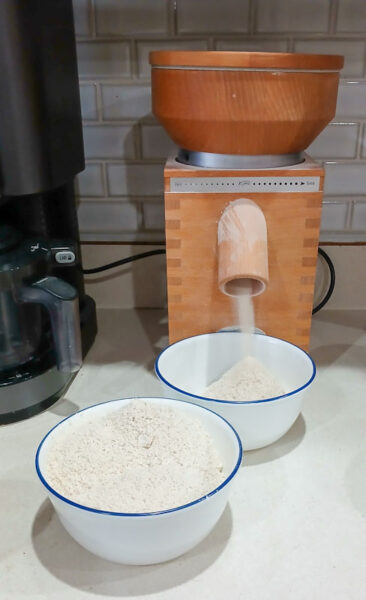
Most every Monday starts with wheat being milled for two loaves of bread. Sometimes on Friday, I’ll have to make another two loaves. Any bread I don’t use gets made into croutons or bread crumbs.
I will briefly remind you of how I started with fresh milled flour and how I got to where I am today. And, as I say that . . there’s still lots of room for improvement with my bread making. I do not know it all. I still end up with loaves that aren’t so great! But, I end up with plenty of loaves that are amazing.
This blog post includes a few links and info about how I got started using a mill and making flour from wheat. I ordered my first grain mill in 2008 and used it until I ordered the KoMo Classic in 2015. It produces a much finer flour than does the Family Grain Mill but either mill can be used to successfully make a wonderful loaf of whole wheat bread.
I’m hoping all of us are reading ingredient lists on EVERYTHING we eat. Just for kicks, next time you’re in the grocery store or even shopping online, check the ingredient list on a loaf of bread. Yes, there are some that are fine but most are not.
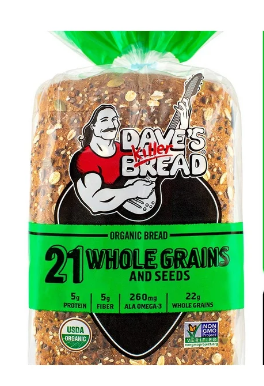
Dave’s bread is one of my favorites and, even at $6/loaf at Walmart, I will occasionally buy it because it has so many grains and seeds and I’d rather buy a loaf than buy all the seeds and grains, get them out, use them and put them away. But, for the most part, there are some bad ingredients out there in some breads.
This is the ingredient list from a whole wheat bread being sold.
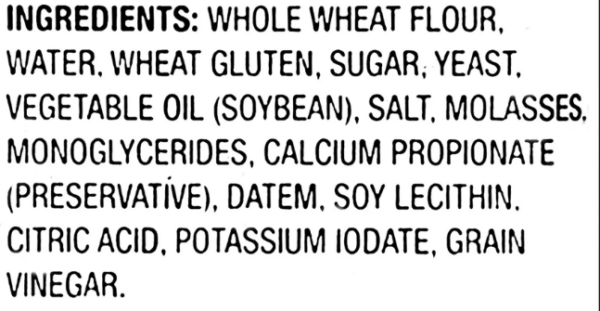
There are a couple of ingredients on there that I definitely do not want to be consuming and there are several that are not used in homemade bread so, in my opinion, are not needed.
Grains in Small Places is one of my favorite fresh milled flour sites. I’ve mentioned it before. She does a lot of hard work to make sure her recipes are perfect. This is the bread recipe I use for sandwich bread.
Here are the ingredients used in this bread:
- 3 cups fresh milled flour 360g I used Kamut, see notes for alternatives. You will need extra flour for your work surface, I generally mill an extra cup or so of flour 120g. (You want this chilled as well.)
- 2 tsp sugar 10g can use raw cane sugar, honey granules, honey, or maple syrup
- 1 tsp salt
- 1 cup very cold unsalted butter 226g cubed (2 sticks)
- 1/2 cup ice water 120g This amount may vary, use a little at a time
Nothing weird in there, right?
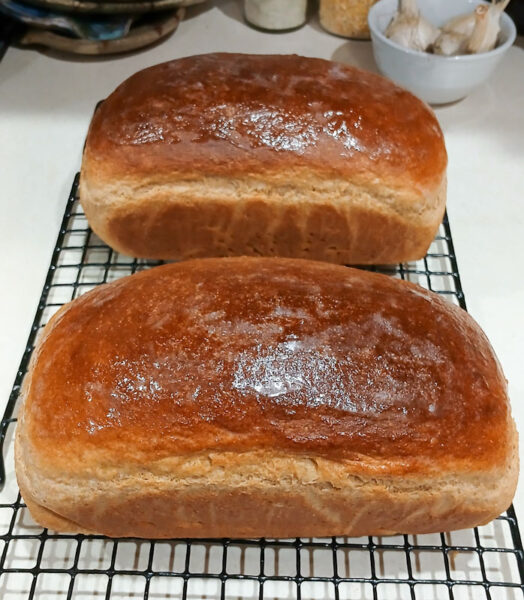
It isn’t nearly as flat as it looks. I don’t need a HUGE slice of bread – not for toast; not for sandwiches. Fresh milled whole wheat bread without additives isn’t nearly as “sturdy” as some breads – sturdy enough but if I wanted a HUGE sandwich, I would just make 1-1/2 sandwiches.
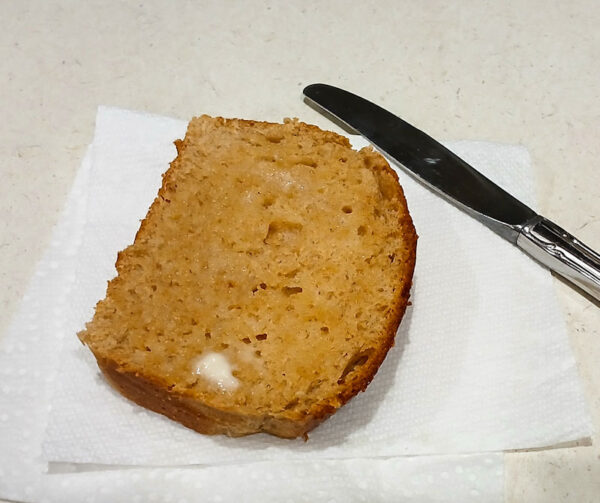
There are so many grains available these days and they all have different characteristics and will create differences in the final product.
When I first started, I only knew about hard red wheat. That’s what I stocked up on and, you know that when I stock up . . there’s a whole lot of it here.
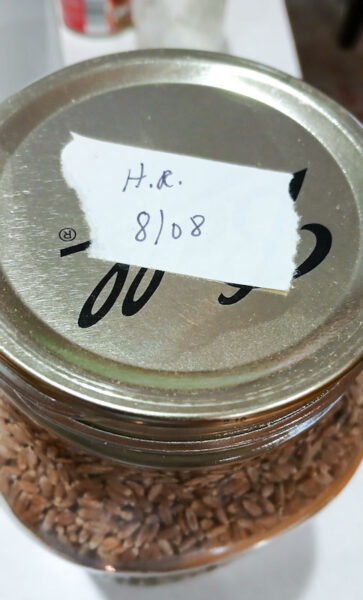
I have dozens and dozens of half gallon jars of hard red wheat. It’s all vacuum sealed. I opened this jar and used some of it in today’s bread (shown above) and it’s great. So, wheat is very, very easy to keep for a very, very long time, so long as it’s sealed to keep bugs out, it’s stored in a dry, cool location away from direct light. Wheat has been discovered in ancient tombs and was supposedly still in good shape so I don’t think any of us would have any concerns about storing wheat long term.
When I first began making fresh milled wheat bread, the only wheat I had was hard red so I used it exclusively. It’s a great wheat but, in my opinion, a mix of several kinds of wheat is better. Hard white and kamut are my favorites but hard white has gotten to be hard to get at a reasonable price. Today’s bread is about 1/3 each – hard red, hard white and kamut. Azure is out “for the foreseeable future”. It has to do with the hard white wheat they were receiving not meeting their minimum protein count. They have other hard white wheat that I think has arrived at their facility but they are awaiting testing results.
Not everyone wants to make their own bread. Not everyone wants to mill their own flour. I understand it. But for anyone who wants to try it, there are mills that are not outrageously expensive – not cheap but not terrible, especially if you think you will stick with it. One thing I promised myself many years ago is if there’s something I really want to do and I can afford to do it, I was going to do it. That included longarm quilting, canning and milling white to make fresh milled wheat bread.
One last thing – the taste. This bread is so delicious – too delicious. I can smell it from downstairs and twice I’ve been upstairs for a tiny slice.
